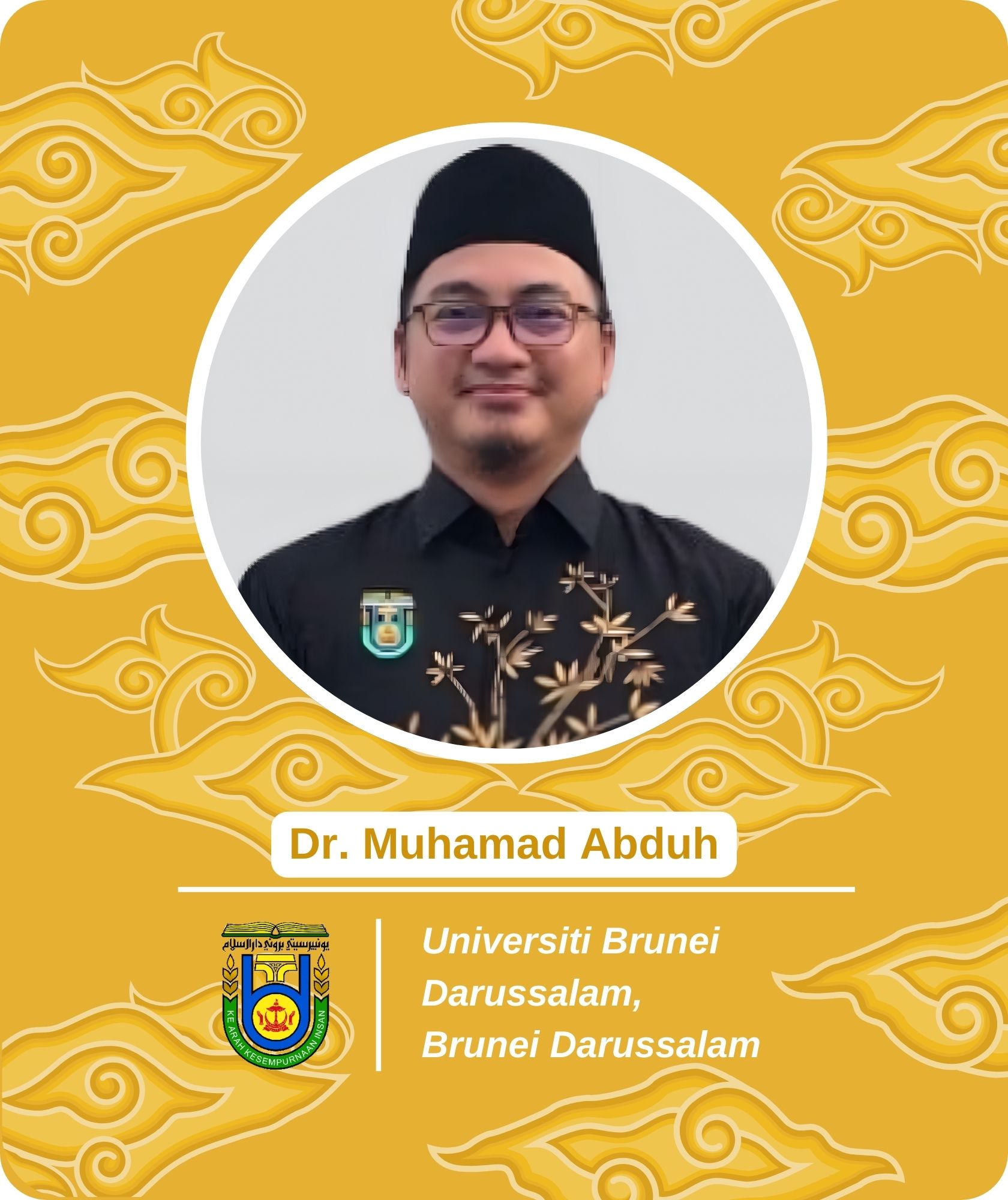CHARACTERISTICS OF AGRICULTURAL LAND IN THE FLOODPLAIN AREA OF THE TARUSAN WATERSHED, PESISIR SELATAN, WEST SUMATRA
Keywords:
rainfall, floodplain, land useAbstract
The numerous rivers and high rainfall in West Sumatra often lead to flooding, which affects several land uses such as settlements, plantations, and agriculture. During floods, water transports various materials from upstream to downstream, such as sand, mud, and clay, which are subsequently deposited in certain areas along the riverbanks. The aim of this study was to examine the soil fertility characteristics in the floodplain area. The method used in this research was a survey method with purposive random sampling at two soil depths: 0 – 30 cm and 30 – 60 cm. Samples were taken from two land uses: dryland agriculture and wetland agriculture. The parameters analyzed were texture, organic carbon, bulk density, total pore space, pH in H2O, available P, total N, and exchangeable potassium. The results of the study for each parameter showed that the soil texture in dryland agriculture was sandy loam, while in wetland agriculture, it was clay loam. Organic carbon for both land uses was classified as low, ranging from 1.31% to 1.62%. Bulk density in dryland agriculture was higher, with values ranging from 1.12 to 1.34 g/cm³, whereas in wetland agriculture, it ranged from 1.01 to 1.10 g/cm³. The total pore space in dryland agriculture was classified as low, ranging from 48.68% to 55.22%, while wetland agriculture had moderate values, ranging from 57.67% to 61.40%. The pH in H2O for all land uses at both depths was classified as acidic, with values ranging from 4.52 to 4.95. Available P in wetland agriculture was classified as very low to low (4.16 to 5.11 mg P2O5/100g), while in dryland agriculture, it ranged from 5.30 to 7.67 mg P2O5/100g, classified as low. Total N in dryland agriculture was classified as low, ranging from 0.13% to 0.18%, while in wetland agriculture, it was classified as moderate, ranging from 0.22% to 0.36%. Exchangeable potassium in dryland agriculture was classified as low, ranging from 0.19 to 0.30 cmol/kg, while in wetland agriculture, it was classified as moderate, ranging from 0.40 to 0.55 cmol/kg. In conclusion, the results of the study indicate that the soil properties, both physical and chemical, in wetland agriculture were better than in dryland agriculture, although no significant differences were found.




















